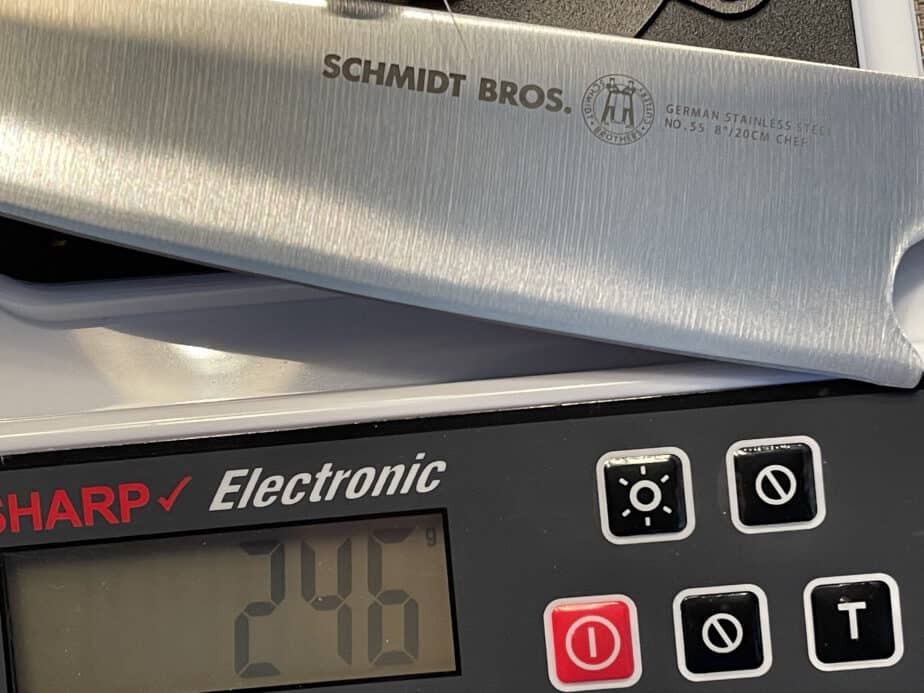Metals, Free Full-Text
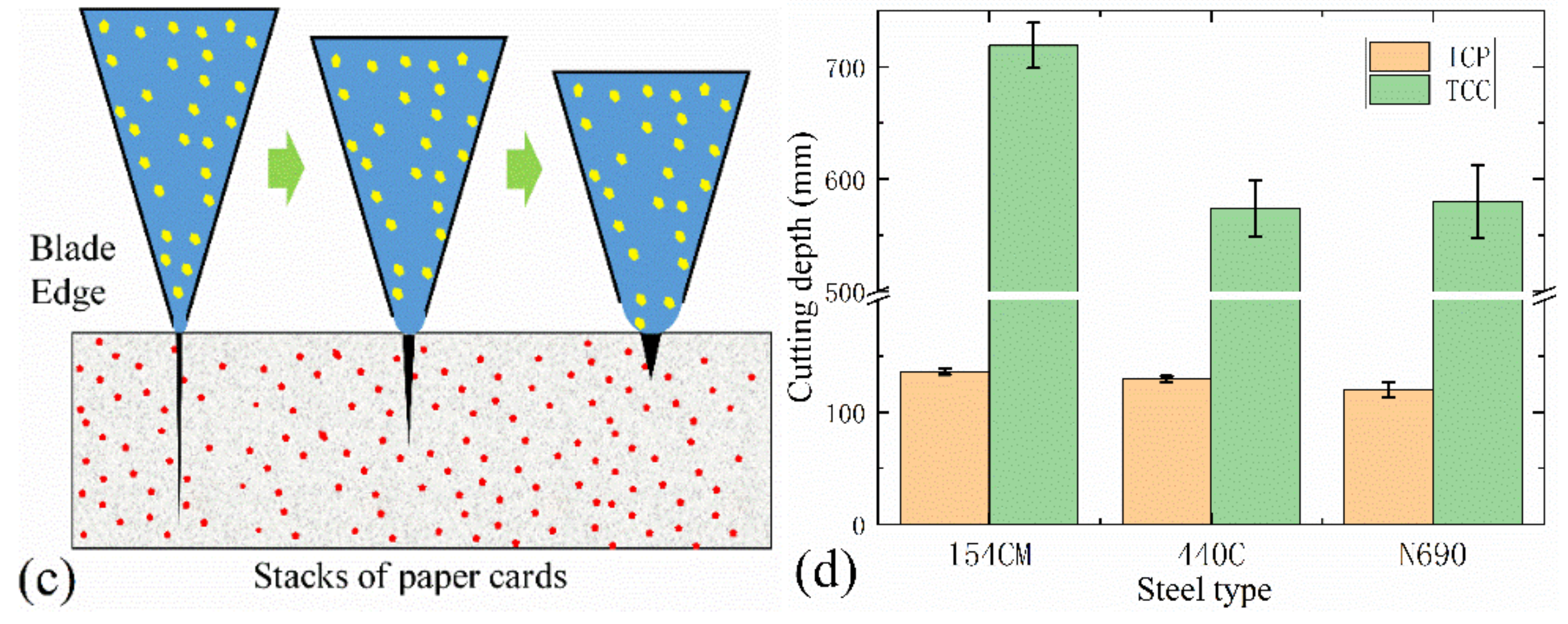
Metals, Free Full-Text
Blades usually become blunt as the blade tip suffers wear during cutting, and improving the sharpness retention of steel blades has become an attractive prospect in various industries. In this study, blades were fabricated from commercial high carbon martensitic stainless steels (154CM, 440C and N690) with different contents of alloying elements. 154CM with higher Mo content demonstrated superior capability in sharpness retention to 440C and N690, although these steels exhibit similar chemical composition, carbide phases, microstructure and HRC hardness. Further investigations via SEM and nanoindentation indicated that the faster deterioration of sharpness in 440C and N690 may result from the fatigue peeling of the carbides, which was aggravated by the modulus mismatch between carbide particles and the martensitic steel matrix.
Transactions of American Society for Metals 1953: Vol 45 : Free Download, Borrow, and Streaming : Internet Archive

Reactivity of Metals, Overview & Chart - Video & Lesson Transcript

Analyzing the k-factor in sheet metal bending

Precious Metals
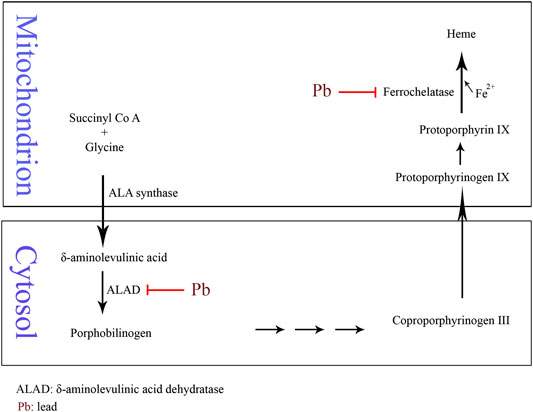
Frontiers Toxic Mechanisms of Five Heavy Metals: Mercury, Lead, Chromium, Cadmium, and Arsenic
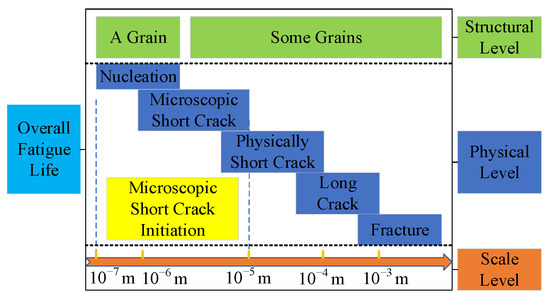
Importance Of Chemically Short-Crack-Growth On Fatigue Life - Colaboratory

Reactivity Series - Reactivity Series of Metals Chart, Features, Uses
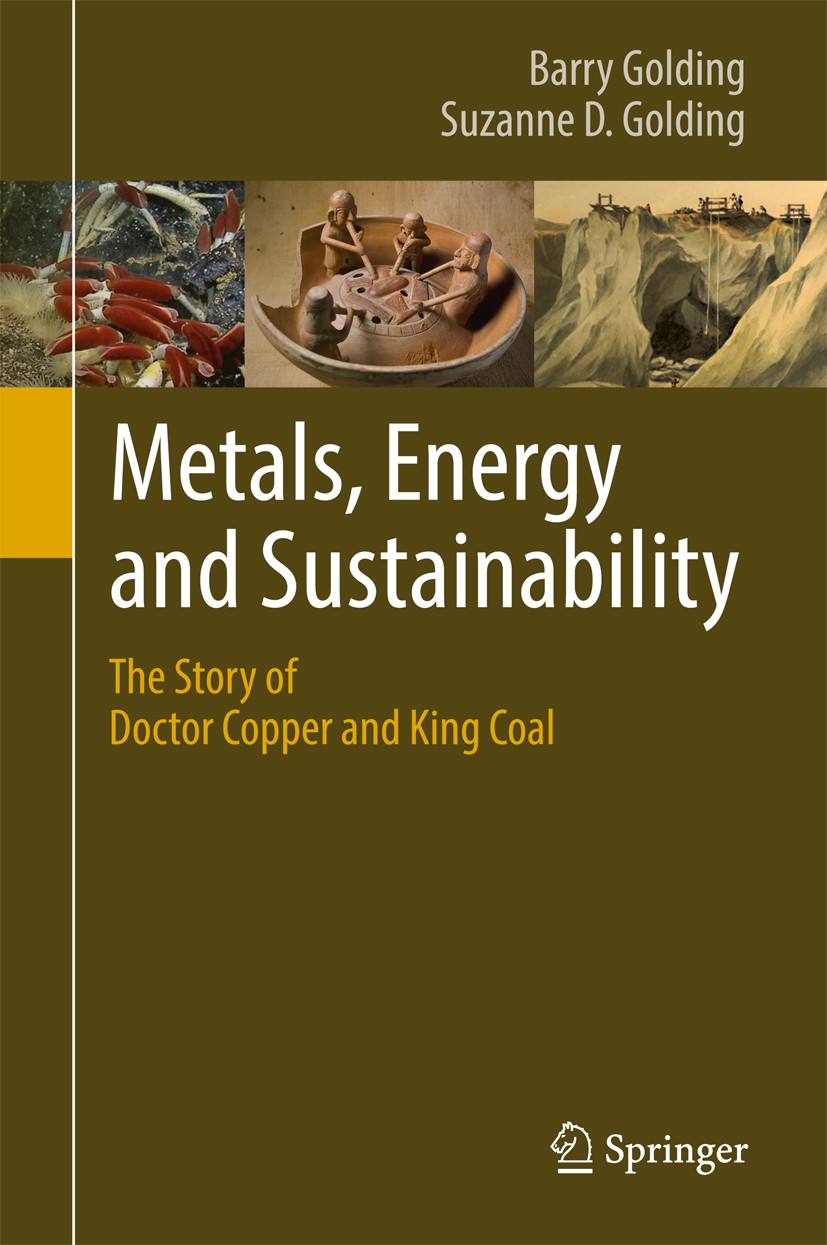
Metals, Energy and Sustainability: The Story of Doctor Copper and King Coal

Metal-free reduction of CO2 to formate using a photochemical organohydride-catalyst recycling strategy
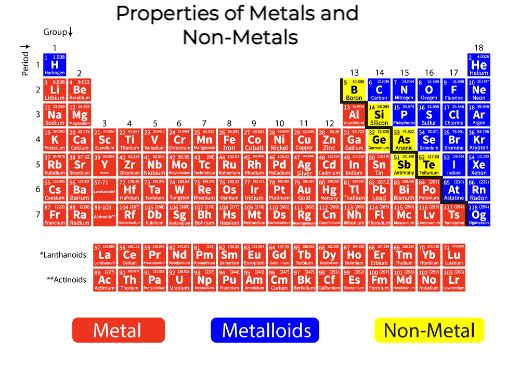
Properties of Metals and Nonmetals - Physical and Chemical Properties

D-MMEX EasyRefine Precious Metal Refining - MDA Programs

Anode-free rechargeable lithium metal batteries: Progress and prospects - ScienceDirect


